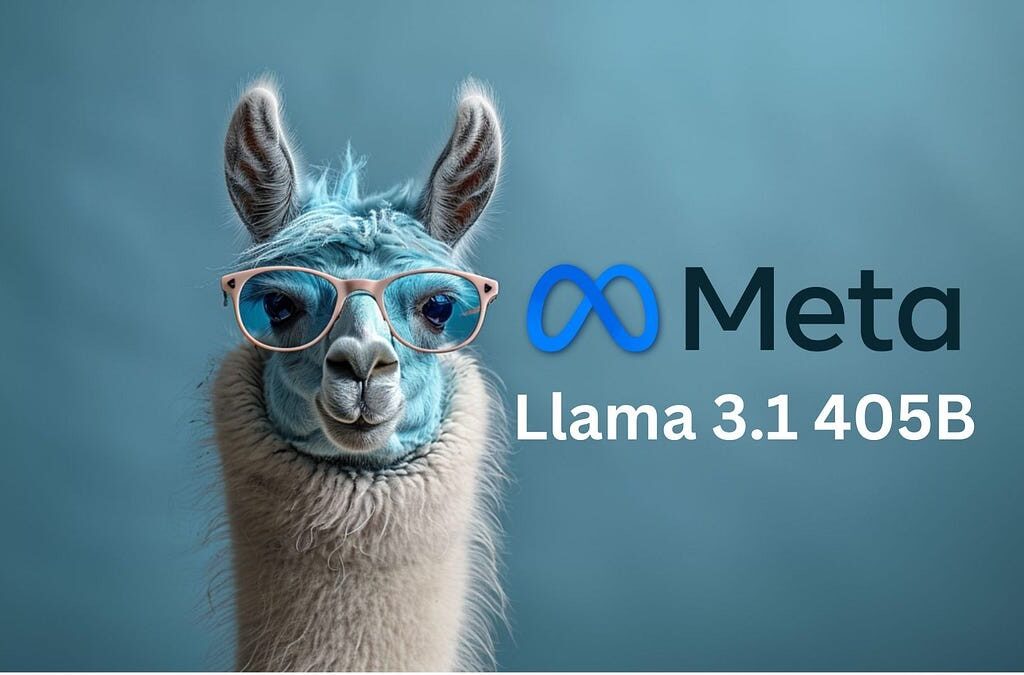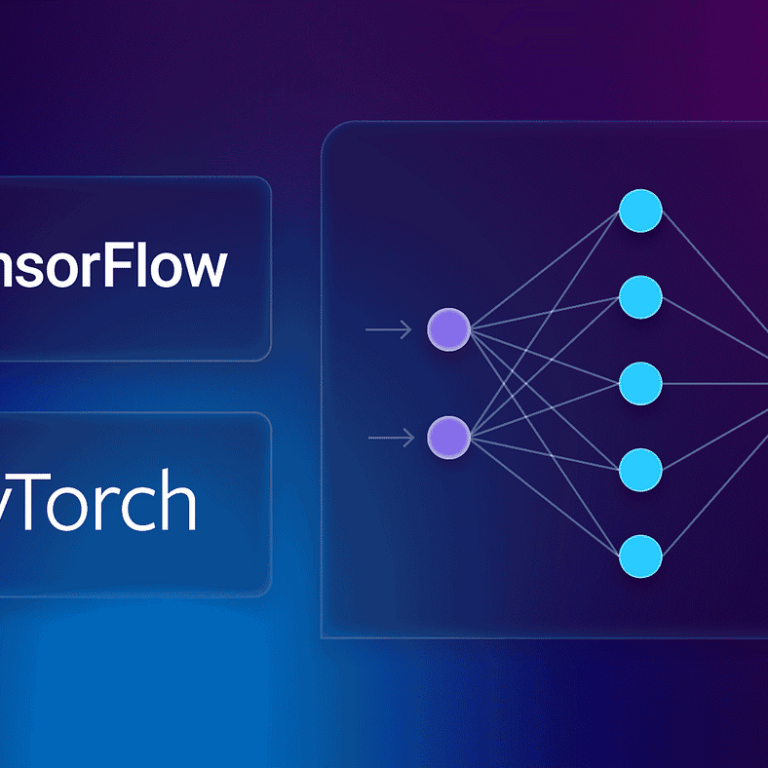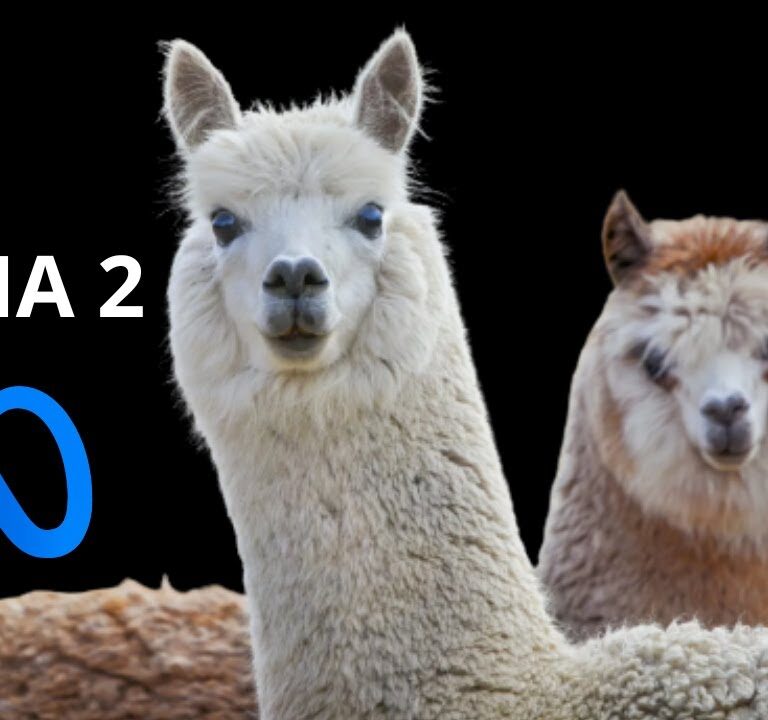
Advanced language models constantly test the limits of what machines can understand and produce in the rapidly evolving field of artificial intelligence. The most noteworthy development in this area is LLaMA 3.1, the most recent version of a family of language models that holds the potential to completely transform AI-powered communication and natural language processing (NLP). We’ll explore the salient characteristics, useful features, prospective uses, and future directions of LLaMA 3.1.
What is LLaMA 3.1?
LLaMA, which stands for Large Language Model Architecture, is a sophisticated AI language model designed to understand and generate human-like text. LLaMA 3.1 represents the latest version of this technology, building upon the strengths of its predecessors while incorporating new advancements to enhance its capabilities.
Key Features of LLaMA 3.1
1. Enhanced Natural Language Understanding
LLaMA 3.1 has made significant strides in understanding context, semantics, and the nuances of human language. This advancement is achieved through more complex neural network architectures and improved training methodologies. The model can comprehend and respond to a wider array of topics with greater accuracy and relevance, making interactions more natural and meaningful. For instance, it can discern subtle differences in meaning and context, enabling more precise answers to user queries.
2. Improved Generative Abilities
One of the standout features of LLaMA 3.1 is its enhanced generative abilities. The model can produce coherent and contextually appropriate text, whether it’s completing a sentence, generating creative content, or providing detailed explanations on complex subjects. This is particularly beneficial for creative writing, where the model can draft stories, poems, and articles that closely mimic human writing styles, including maintaining a consistent narrative tone and voice throughout long passages.
3. Multi-Lingual Proficiency
LLaMA 3.1 is designed to support multiple languages, making it a versatile tool for global applications. Its improved language processing capabilities allow it to handle translations, multilingual content generation, and cross-lingual understanding with impressive proficiency. The model is trained on diverse datasets from various languages, enhancing its ability to capture cultural and linguistic nuances, which is crucial for accurate translations and global communication.
4. Contextual Awareness
With advancements in contextual awareness, LLaMA 3.1 can maintain the context of a conversation over extended interactions. This enables more coherent dialogues and reduces instances of repetitive or irrelevant responses, enhancing the user experience. For example, in a customer service application, the model can remember previous interactions, allowing it to provide more personalized and relevant assistance, thus improving customer satisfaction.
5. Customizability and Adaptability
LLaMA 3.1 offers greater flexibility for customization, allowing developers to fine-tune the model for specific use cases. This adaptability ensures that it can be tailored to meet the unique needs of various industries, from healthcare and education to customer service and entertainment. Custom training can incorporate domain-specific knowledge, making the model more effective in specialized applications such as medical diagnosis or technical support.
Applications of LLaMA 3.1
1. Customer Support
LLaMA 3.1’s advanced natural language understanding and generative abilities make it an ideal candidate for automating customer support. It can handle queries, provide solutions, and engage in meaningful conversations, reducing the need for human intervention and improving response times. By integrating with existing customer support systems, it can streamline operations and provide 24/7 assistance, leading to significant cost savings and enhanced customer satisfaction.
2. Content Creation
For content creators and marketers, LLaMA 3.1 can be a valuable asset. It can generate high-quality articles, blog posts, product descriptions, and social media content, saving time and effort while maintaining a consistent tone and style. The model can also assist in brainstorming ideas, providing drafts, and editing content, making it a versatile tool for the entire content creation process.
3. Language Translation
LLaMA 3.1’s multi-lingual proficiency makes it a powerful tool for language translation services. It can accurately translate text between languages, preserving the original meaning and context, which is crucial for effective communication in a globalized world. This capability is particularly beneficial for businesses operating in multiple regions, enabling them to communicate effectively with diverse audiences and expand their global reach.
4. Educational Tools
In the field of education, LLaMA 3.1 can serve as an interactive tutor, providing explanations, answering questions, and offering personalized learning experiences. Its ability to understand and generate text in multiple languages also makes it a valuable resource for language learners. Additionally, it can assist in creating educational materials, quizzes, and interactive lessons, enhancing the overall learning experience.
5. Healthcare Assistance
LLaMA 3.1 can assist healthcare professionals by providing information on medical conditions, treatment options, and drug interactions. It can also support patients by answering common health-related questions and offering guidance on managing their conditions. This can improve patient outcomes by providing timely and accurate information, especially in areas with limited access to healthcare professionals.
The Future of LLaMA 3.1 and Beyond
As AI continues to advance, the potential applications of LLaMA 3.1 are virtually limitless. Its ability to understand and generate human-like text opens up new possibilities for enhancing human-machine interactions across various domains. From improving customer experiences to advancing research and education, LLaMA 3.1 is poised to make a significant impact on the way we leverage AI technology.
Ethical Considerations
With the advancements in AI language models like LLaMA 3.1, it is crucial to address ethical considerations. Ensuring that the technology is used responsibly and does not propagate misinformation, bias, or harmful content is paramount. Developers and users must work together to establish guidelines and safeguards to mitigate these risks and promote the ethical use of AI.
Continuous Improvement
The development of LLaMA 3.1 highlights the importance of continuous improvement in AI research. As new data becomes available and techniques evolve, future iterations of language models will likely become even more sophisticated, enhancing their capabilities and expanding their applications. Ongoing research and collaboration within the AI community are essential to drive these advancements forward.
In conclusion, LLaMA 3.1 represents a major leap forward in the field of AI language models. With its enhanced natural language understanding, generative abilities, multi-lingual proficiency, contextual awareness, and customizability, it is set to revolutionize the way we interact with machines. As we continue to explore and develop this technology, the future holds exciting possibilities for transforming industries and improving our daily lives.






